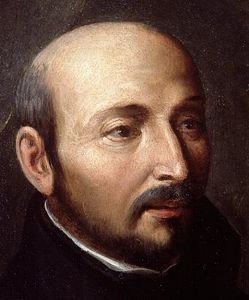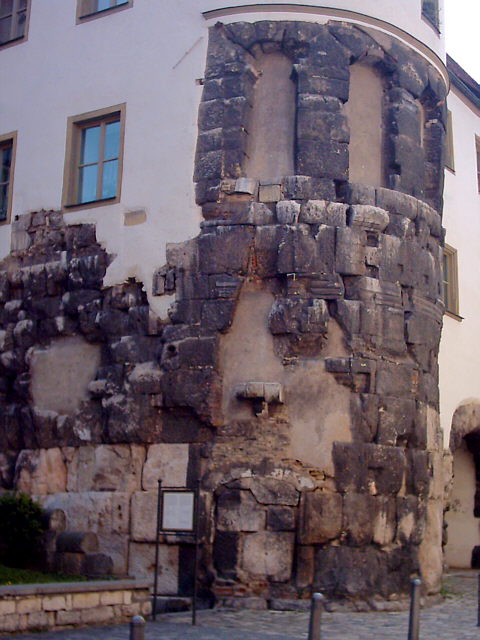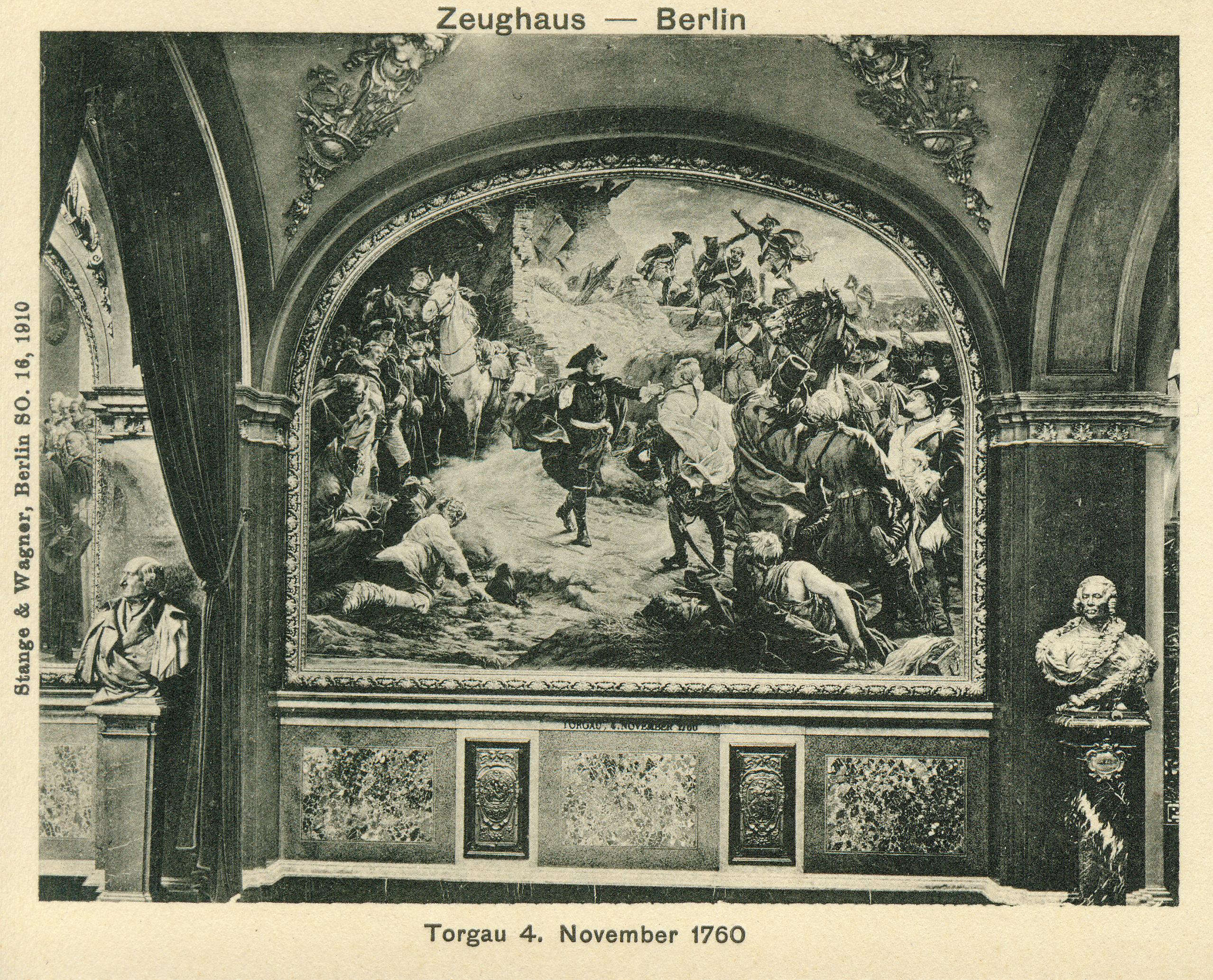|
Clemens Wenceslaus Of Saxony
Prince Clemens Wenceslaus of Saxony (German: ''Clemens Wenzeslaus August Hubertus Franz Xaver von Sachsen'') (28 September 1739 – 27 July 1812) was a Saxon prince from the House of Wettin and the Archbishop-Elector of Trier from 1768 until 1803, the Prince-Bishop of Freising from 1763 until 1768, the Prince-Bishop of Regensburg from 1763 until 1769, and the Prince-Bishop of Augsburg from 1768 until 1812. Biography Clemens Wenceslaus was the ninth child of the Prince-Elector Augustus III of Saxony, who was also the King of Poland. In 1760 he went to Vienna and entered the Austrian army as a field marshal. He was present at the Battle of Torgau (3 November 1760), but he decided that warfare was not for him and instead entered the church. On 18 and 27 April 1763 he was elected the Bishops of Freising and Regensburg, respectively, but he abandoned these dioceses for the Archbishopric-Electorate of Trier and the Prince-Bishopric of Augsburg in February and August 1768, respective ... [...More Info...] [...Related Items...] OR: [Wikipedia] [Google] [Baidu] |
House Of Wettin
The House of Wettin () is a dynasty of Germany, German monarch, kings, Prince Elector, prince-electors, dukes, and counts that once ruled territories in the present-day German states of Saxony, Saxony-Anhalt and Thuringia. The dynasty is one of the oldest in Europe, and its origins can be traced back to the town of Wettin, Saxony-Anhalt. The Wettins gradually rose to power within the Holy Roman Empire. Members of the family became the rulers of several Middle Ages, medieval states, starting with the Saxon Eastern March in 1030. Other states they gained were Meissen in 1089, Thuringia in 1263, and Saxony in 1423. These areas cover large parts of Central Germany (cultural area), Central Germany as a cultural area of Germany. The family divided into two ruling branches in 1485 by the Treaty of Leipzig: the Ernestine and Albertine branches. The older Ernestine branch played a key role during the Protestant Reformation. Many ruling monarchs outside Germany were later tied to its cadet ... [...More Info...] [...Related Items...] OR: [Wikipedia] [Google] [Baidu] |
Electorate Of Saxony
The Electorate of Saxony, also known as Electoral Saxony (German: or ), was a territory of the Holy Roman Empire from 1356–1806. It was centered around the cities of Dresden, Leipzig and Chemnitz. In the Golden Bull of 1356, Emperor Charles IV designated the Duchy of Saxe-Wittenberg an electorate, a territory whose ruler was one of the prince-electors who chose the Holy Roman emperor. After the extinction of the male Saxe-Wittenberg line of the House of Ascania in 1422, the duchy and the electorate passed to the House of Wettin. The electoral privilege was tied only to the Electoral Circle, specifically the territory of the former Duchy of Saxe-Wittenberg. In the 1485 Treaty of Leipzig, the Wettin noble house was divided between the sons of Elector Frederick II into the Ernestine and Albertine lines, with the electoral district going to the Ernestines. In 1547, when the Ernestine elector John Frederick I was defeated in the Schmalkaldic War, the electoral district ... [...More Info...] [...Related Items...] OR: [Wikipedia] [Google] [Baidu] |
Coblenz
Koblenz (; Moselle Franconian: ''Kowelenz''), spelled Coblenz before 1926, is a German city on the banks of the Rhine and the Moselle, a multi-nation tributary. Koblenz was established as a Roman military post by Drusus around 8 B.C. Its name originates from the Latin ', meaning "(at the) confluence". The actual confluence is today known as the " German Corner", a symbol of the unification of Germany that features an equestrian statue of Emperor William I. The city celebrated its 2000th anniversary in 1992. It ranks in population behind Mainz and Ludwigshafen am Rhein to be the third-largest city in Rhineland-Palatinate. Its usual-residents' population is 112,000 (as at 2015). Koblenz lies in a narrow flood plain between high hill ranges, some reaching mountainous height, and is served by an express rail and autobahn network. It is part of the populous Rhineland. History Ancient era Around 1000 BC, early fortifications were erected on the Festung Ehrenbreitstein hill ... [...More Info...] [...Related Items...] OR: [Wikipedia] [Google] [Baidu] |
Ehrenbreitstein
Ehrenbreitstein Fortress (german: Festung Ehrenbreitstein, ) is a fortress in the German state of Rhineland-Palatinate, on the east bank of the Rhine where it is joined by the Moselle, overlooking the town of Koblenz. Occupying the position of an earlier fortress destroyed by the French in 1801, it was built as the backbone of the regional fortification system, '' Festung Koblenz'', by Prussia between 1817 and 1828 and guarded the middle Rhine region, an area that had been invaded by French troops repeatedly before. The Prussian fortress was never attacked. Since 2002, Ehrenbreitstein has been part of the UNESCO World Heritage Site Upper Middle Rhine Valley. Location Ehrenbreitstein is located on the eastern bank of the Rhine at Koblenz in Rhineland-Palatinate, Germany. It overlooks the confluence of the Mosel and the Rhine. The peak of the hill, which shares the name, is 118 metres above the Rhine. It is the northernmost point of the UNESCO World Heritage Site Upper Middle R ... [...More Info...] [...Related Items...] OR: [Wikipedia] [Google] [Baidu] |
Joseph II Of Austria
Joseph II (German: Josef Benedikt Anton Michael Adam; English: ''Joseph Benedict Anthony Michael Adam''; 13 March 1741 – 20 February 1790) was Holy Roman Emperor from August 1765 and sole ruler of the Habsburg lands from November 29, 1780 until his death. He was the eldest son of Empress Maria Theresa and her husband, Emperor Francis I, and the brother of Marie Antoinette, Maria Carolina of Austria and Maria Amalia, Duchess of Parma. He was thus the first ruler in the Austrian dominions of the union of the Houses of Habsburg and Lorraine, styled Habsburg-Lorraine. Joseph was a proponent of enlightened absolutism; however, his commitment to secularizing, liberalizing and modernizing reforms resulted in significant opposition, which resulted in failure to fully implement his programs. Meanwhile, despite making some territorial gains, his reckless foreign policy badly isolated Austria. He has been ranked with Catherine the Great of Russia and Frederick the Great of Prussia ... [...More Info...] [...Related Items...] OR: [Wikipedia] [Google] [Baidu] |
Jesuit
The Society of Jesus ( la, Societas Iesu; abbreviation: SJ), also known as the Jesuits (; la, Iesuitæ), is a religious order (Catholic), religious order of clerics regular of pontifical right for men in the Catholic Church headquartered in Rome. It was founded in 1540 by Ignatius of Loyola and six companions, with the approval of Pope Paul III. The society is engaged in evangelization and apostolic ministry in 112 nations. Jesuits work in education, research, and cultural pursuits. Jesuits also give retreats, minister in hospitals and parishes, sponsor direct social and humanitarian ministries, and promote Ecumenism, ecumenical dialogue. The Society of Jesus is consecrated under the patron saint, patronage of Madonna della Strada, a title of the Blessed Virgin Mary, and it is led by a Superior General of the Society of Jesus, Superior General. The headquarters of the society, its Curia, General Curia, is in Rome. The historic curia of Ignatius is now part of the attached to t ... [...More Info...] [...Related Items...] OR: [Wikipedia] [Google] [Baidu] |
Coadjutor
The term coadjutor (or coadiutor, literally "co-assister" in Latin) is a title qualifier indicating that the holder shares the office with another person, with powers equal to the other in all but formal order of precedence. These include: * Coadjutor bishop, or Coadjutor archbishop * Coadjutor vicar, or Coadjutor apostolic vicar * Coadjutor eparch, or Coadjutor archeparch * Coadjutor exarch The term coadjutor (or coadiutor, literally "co-assister" in Latin) is a title qualifier indicating that the holder shares the office with another person, with powers equal to the other in all but formal order of precedence. These include: * Coa ..., or Coadjutor apostolic exarch Overview The office is ancient. "Coadjutor", in the 1883 ''Catholic Dictionary'', says: Another source identifies three kinds of coadjutors: :(1) Temporal and revocable. :(2) Perpetual and irrevocable. :(3) Perpetual, with the right of future succession.''The Law of the Church: A Cyclopedia of Canon Law ... [...More Info...] [...Related Items...] OR: [Wikipedia] [Google] [Baidu] |
Augsburg
Augsburg (; bar , Augschburg , links=https://en.wikipedia.org/wiki/Swabian_German , label=Swabian German, , ) is a city in Swabia, Bavaria, Germany, around west of Bavarian capital Munich. It is a university town and regional seat of the ''Regierungsbezirk'' Schwaben with an impressive Altstadt (historical city centre). Augsburg is an urban district and home to the institutions of the Landkreis Augsburg. It is the third-largest city in Bavaria (after Munich and Nuremberg) with a population of 300,000 inhabitants, with 885,000 in its metropolitan area. After Neuss, Trier, Cologne and Xanten, Augsburg is one of Germany's oldest cities, founded in 15 BC by the Romans as Augusta Vindelicorum, named after the Roman emperor Augustus. It was a Free Imperial City from 1276 to 1803 and the home of the patrician Fugger and Welser families that dominated European banking in the 16th century. According to Behringer, in the sixteenth century, it became "the dominant centre of early cap ... [...More Info...] [...Related Items...] OR: [Wikipedia] [Google] [Baidu] |
Trier
Trier ( , ; lb, Tréier ), formerly known in English as Trèves ( ;) and Triers (see also names in other languages), is a city on the banks of the Moselle in Germany. It lies in a valley between low vine-covered hills of red sandstone in the west of the state of Rhineland-Palatinate, near the border with Luxembourg and within the important Moselle wine region. Founded by the Celts in the late 4th century BC as ''Treuorum'' and conquered 300 years later by the Romans, who renamed it ''Augusta Treverorum'' ("The City of Augustus among the Treveri"), Trier is considered Germany's oldest city. It is also the oldest seat of a bishop north of the Alps. Trier was one of the four capitals of the Roman Empire during the Tetrarchy period in the late 3rd and early 4th centuries. In the Middle Ages, the archbishop-elector of Trier was an important prince of the Church who controlled land from the French border to the Rhine. The archbishop-elector of Trier also had great s ... [...More Info...] [...Related Items...] OR: [Wikipedia] [Google] [Baidu] |
Regensburg
Regensburg or is a city in eastern Bavaria, at the confluence of the Danube, Naab and Regen rivers. It is capital of the Upper Palatinate subregion of the state in the south of Germany. With more than 150,000 inhabitants, Regensburg is the fourth-largest city in the State of Bavaria after Munich, Nuremberg and Augsburg. From its foundation as an imperial Roman river fort, the city has been the political, economic and cultural centre of the surrounding region; it is still known in the Romance languages by a cognate of its Latin name of "Ratisbona" (the version "Ratisbon" was long current in English). Later, under the rule of the Holy Roman Empire, it housed the Perpetual Diet of Regensburg. The medieval centre of the city was made a UNESCO World Heritage Site in 2006 because of its well-preserved architecture and the city's historical importance for assemblies during the Holy Roman Empire. In 2014, Regensburg was among the top sights and travel attractions in German ... [...More Info...] [...Related Items...] OR: [Wikipedia] [Google] [Baidu] |
Freising
Freising () is a university town in Bavaria, Germany, and the capital of the Freising ''Landkreis'' (district), with a population of about 50,000. Location Freising is the oldest town between Regensburg and Bolzano, and is located on the Isar river in Upper Bavaria, north of Munich and near the Munich International Airport. The city is built on and around two prominent hills: the Cathedral Hill with the former Bishop's Residence and Freising Cathedral, and Weihenstephan Hill with the former Weihenstephan Abbey, containing the oldest working brewery in the world. It was also the location of the first recorded tornado in Europe. The city is 448 meters above sea level. Cultural significance Freising is one of the oldest settlements in Bavaria, becoming a major religious centre in the early Middle Ages. It is the centre of an important diocese. Some important historical documents were created between 900 and 1200 in its monastery: * Freising manuscripts written in Sl ... [...More Info...] [...Related Items...] OR: [Wikipedia] [Google] [Baidu] |
Battle Of Torgau
In the Battle of Torgau on 3 November 1760, King Frederick the Great's Prussian army fought an Austrian army under the command of Field Marshal Leopold Josef Graf Daun. The Prussians won a costly victory in one of the bloodiest battles of the Third Silesian War (part of the Seven Years' War). Background In August, Daun missed an opportunity to destroy the main Prussian army in Silesia. Outnumbered three-to-one, Frederick escaped the Austrian trap by smashing the corps of Feldzeugmeister Ernst Gideon Freiherr von Laudon at the Battle of Liegnitz. When the Prussians lingered in Silesia, their more numerous enemies attacked. Feldzeugmeister Franz Moritz Graf von Lacy's 18,000 Austrians joined with General Tottleben's Russian force near Berlin, making a total of 35,000 allies. While 13,000 Prussians took refuge in the Spandau fortress, Lacy and Tottleben captured 3,000 Prussians in Berlin on 9 October. Plans In late October, Daun slipped out of Silesia and moved west to Saxony wh ... [...More Info...] [...Related Items...] OR: [Wikipedia] [Google] [Baidu] |









